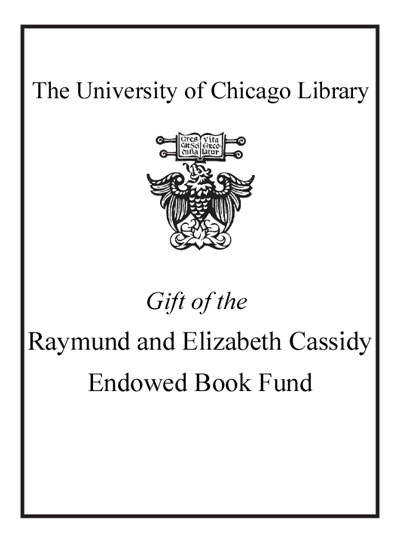Transmedia storytelling and the new era of media convergence in higher education /
Saved in:
| Author / Creator: | Kalogeras, Stavroula, author. |
|---|---|
| Imprint: | Houndmills, Basingstoke, Hampshire ; New York, NY : Palgrave Macmillan, 2014. |
| Description: | xv, 257 pages ; 23 cm |
| Language: | English |
| Subject: | |
| Format: | Print Book |
| URL for this record: | http://pi.lib.uchicago.edu/1001/cat/bib/10073761 |
Table of Contents:
- List of Figures
- Foreword
- Preface
- Acknowledgments
- 1. Introduction, Theory, and the Media-Education Landscape
- 1.1. Introduction
- 1.2. Overview or the route to discovery
- 1.2.1. Narrative theory and perspective
- 1.2.2. Screenplay
- 1.2.3. E-module
- 1.2.4. Questionnaire
- 1.2.5. Framing the research question
- 1.2.6. Gathering information
- 1.3. Media -education convergence theory
- 1.4. Media-education landscape
- 2. Media Convergence's Impact on Storytelling, Marketing, and Production
- 2.1. Narratives and folk culture
- 2.2. Transmedia storytelling
- 2.3. Digital storytelling
- 2.3.1. Transmedia and digital storytelling in collaboration
- 2.4. Theorizing transmedia storytelling from a film perspective
- 2.4.1. The Hollywood System Abroad: Hollywood to Bollywood
- 2.4.2. Transnational cinema
- 2.4.3. The disdain for popular entertainment
- 2.5. Era of convergence
- 2.6. The Internet: media and content
- 2.6.1. Audience and advertising
- 2.7. Branded story worlds
- 2.8. Digital marketing
- 2.9. Social convergence and peer production
- 2.10. Peer-to-peer file sharing
- 2.10.1. Peer production and user-generated content
- 2.11. Fandom culture and communities
- 2.12. Communities of practice and collaborative learning
- 2.13. Minority talks, Beavis and Butt-head walks
- 3. Media Convergence's Impact on Education
- 3.1. The education system
- 3.2. The history of educational media
- 3.3. Media and information literacy
- 3.4. Learning through play
- 3.5. Multimedia and multimodal theory of learning
- 3.6. E-learning
- 3.6.1. Story-centered pedagogy in e-learning
- 3.6.2. Faculty and constructivist-learning environments
- 3.7. Emotional engagement, motivation, and retention in e-learning
- 3.7.1. E-learning and the net generation
- 3.8. Transliteracy through transmedia storytelling
- 4. Challenges, Concerns, and Critiques of Transmedia Storytelling Edutainment
- 4.1. Critical success factors
- 4.2. Learning disabilities
- 4.3. The cultural representation of film: The Goddess Within
- 4.4. Minorities and representation
- 4.5. Technology-supported approaches to pedagogy
- 4.6. The era of screen education: performance, digital text, and transformation
- 4.7. Entertainment-education and social change
- 4.8. Transformational education: a model for social change
- 4.9. Pedagogy of the Oppressed
- 4.10. Tranformative learning through transmedia storytelling: a critical-creative pedagogy
- 5. Fiction: A Screenplay-to-Understanding
- 5.1. The representation of knowledge through fiction
- 5.2. Realities of fiction: the identity and representation of a diasporic narrative and the mythology of my own life story
- 5.3. The screenplay
- 5.4. The twelve stages of the hero's journey
- 5.5. The archetypes
- 5.6. Transmedia storytelling framework: the five Fs
- 5.7. Schön's model of reflective practice
- 6. E-Module Case Study
- 6.1. Theoretical framework
- 6.2. Reflection on the instructional theories, practice, and the screentext
- 6.3. Student feedback
- 6.4. Evaluation
- 7. Interviews and Discussion
- 7.1. Developing the questionnaire
- 7.2. Theoretical sample: professional feedback
- 7.3. Remarks on the feedback
- 8. Conclusion
- 8.1. Research contribution
- 8.2. Future research
- Appendix
- About the Author
- Bibliography
- Index

